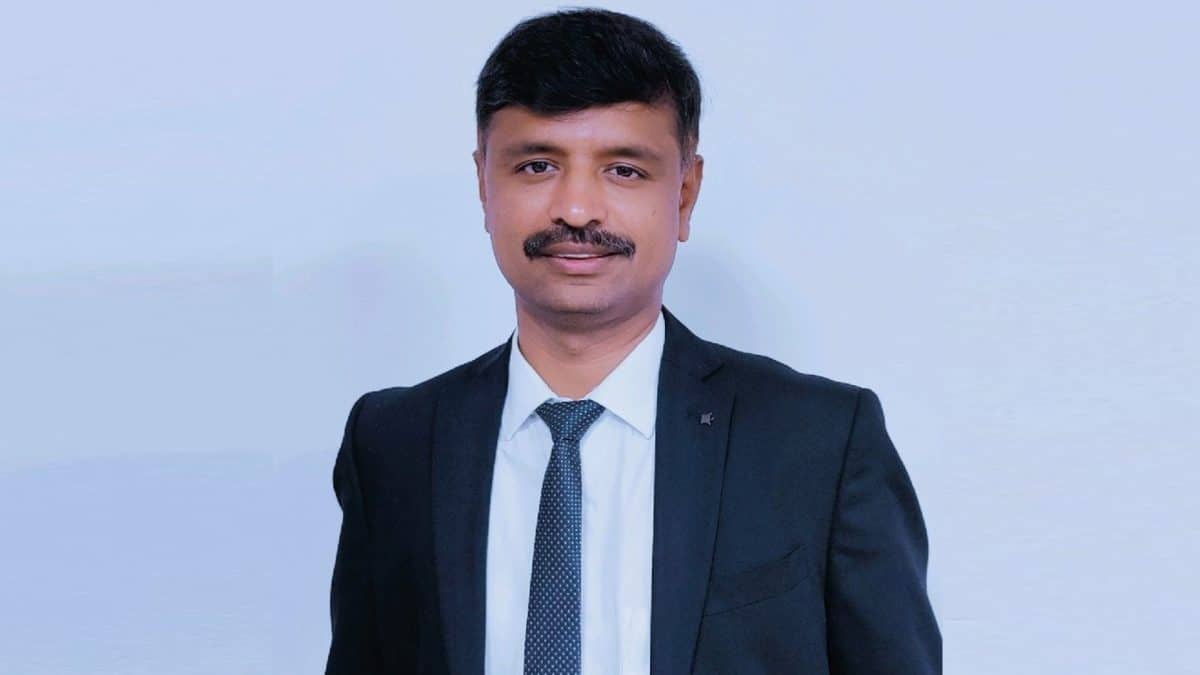India’s manufacturing sector was valued at USD 329.43 billion in 2024 and is poised for significant expansion, with a projected CAGR of 8.20 per cent from 2025 to 2034. With rising global interest in diversifying supply chains and India’s push for self-reliance, the sector has a unique opportunity to expand and compete on a larger scale.
The government has consistently emphasised manufacturing as a pillar of economic growth, and the Budget 2025-26 strengthens this commitment through a structured roadmap. By introducing the National Manufacturing Mission, strengthening supply chains, and providing incentives to key industries, the budget aims to create jobs, boost exports, and enhance India’s industrial capabilities.
Govt’s national manufacturing mission to boost workforce growth
The National Manufacturing Mission is the most ambitious initiative introduced in this year’s budget. It seeks to revamp industrial policy and provide targeted support to manufacturing businesses of all sizes. By addressing regulatory bottlenecks, improving access to technology, and enhancing workforce skills, the mission is expected to accelerate production and expand job opportunities.
Currently, India holds only 2.8 per cent of the global manufacturing share, far behind China’s 28.8 per cent, highlighting the urgency of scaling up domestic industries. The mission aims to create 22 lakh new jobs, drive Rs 4 lakh crore in turnover, and boost exports by Rs 1.1 lakh crore, making it a game-changer for the sector.
Also Read: Innovating the future: Manufacturing wireless charging and fast-charging solutions for EV tractors
Infrastructure and supply chain support lowers costs for manufacturers
A major challenge for manufacturers has always been high transportation and logistics costs, which directly impact their competitiveness. To address this, the budget places significant emphasis on infrastructure development through PM Gati Shakti, a national master plan that integrates 16 ministries for streamlined project implementation. This initiative is expected to improve logistics, reduce transit times, and cut costs for businesses, making Indian-made products more affordable and competitive in global markets.
The Bharatmala project further complements this effort by developing economic corridors, inter-corridor routes, and feeder routes, enhancing road connectivity, and improving access to raw materials and finished goods markets. Better infrastructure will not only support large corporations but also benefit small and medium enterprises (SMEs), helping them scale operations and participate more actively in the manufacturing boom.
Sector-specific incentives for driving growth in key industries
Recognising the need to support high-potential industries, the government has introduced sector-specific incentives aimed at toy manufacturing, electric vehicle (EV) batteries, and clean mobility solutions. The National Action Plan for Toys seeks to position India as a global toy production hub by focusing on domestic cluster development, skill enhancement, and high-quality manufacturing. This will create thousands of direct and indirect jobs in small-scale manufacturing units.
The EV sector, particularly battery manufacturing, is another key focus area. With global demand for electric mobility on the rise, India is investing in localised battery production to reduce dependence on imports and build a strong domestic supply chain. The budget also reinforces the Production-Linked Incentive (PLI) scheme, which now covers 16 sectors, including footwear, electronics, and renewable energy components.
With an 89 per cent increase in budget allocation for the PLI scheme (Rs 16,092 crore in FY25, up from Rs 8,520 crore in FY24), the initiative is set to attract large-scale investments and generate employment across multiple industries.
The role of states in supporting local manufacturing policies
While central government initiatives lay the foundation, state governments play a crucial role in implementing policies and creating a business-friendly environment. Some states have already taken the lead in aligning their policies with the national manufacturing agenda.
For example, Karnataka’s Clean Mobility Policy provides targeted incentives for EV manufacturing and green energy adoption, making the state a key player in India’s clean mobility future. Other states are expected to follow suit by introducing region-specific incentives to attract investments and generate employment in their industrial corridors.
Employment opportunities in the sector
With 22 lakh new jobs projected under the National Manufacturing Mission, the focus now shifts to the nature of these jobs and who will benefit the most. The manufacturing sector offers diverse opportunities, from high-tech positions in EV and battery production to skilled labour roles in traditional industries like toy and footwear manufacturing.
The growth of SMEs, driven by improved infrastructure and access to incentives, will also create a wave of indirect employment in logistics, retail, and service industries.
However, the availability of a skilled workforce remains a critical factor. Many of the industries targeted for growth require specialised technical skills, raising concerns about whether India’s workforce is adequately trained to meet this demand. The government has indicated plans for expanding vocational training and skill development programs, but the success of these initiatives will determine whether job creation aligns with industry requirements.
Conclusion
The Budget 2025-26 lays a strong foundation for India’s manufacturing resurgence, with policy support, infrastructure improvements, and sector-specific incentives all working towards creating a thriving industrial ecosystem. The government’s focus on job creation, skill development, and boosting domestic production is promising.
For this manufacturing push to translate into sustained employment and long-term economic growth, the government must ensure effective policy implementation, streamlined access to incentives for SMEs, and aggressive investment in workforce training.
